Sandblasting of bricks: what is it for and how is it carried out?
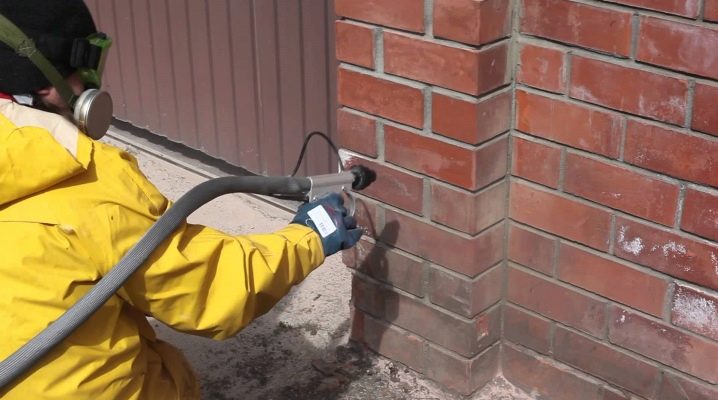
Sandblasting bricks is an effective procedure for cleaning facades and is widely used in restoring the original appearance of residential buildings and industrial structures.
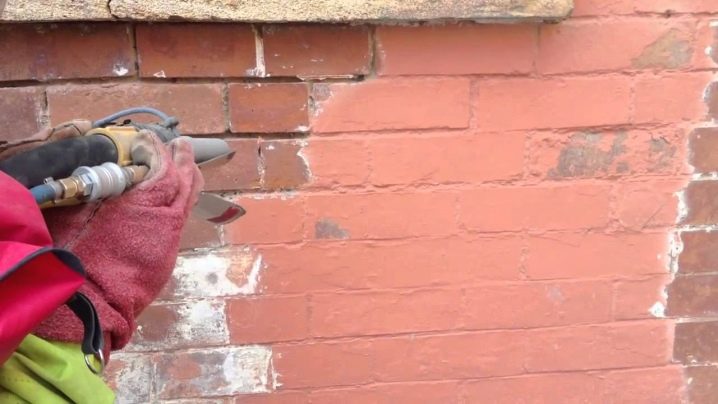
The essence of the process
Sandblasting is a set of measures for cleaning brickwork from soot, dirt, soot, white bloom and patterns. The procedure is carried out using special equipment called sandblasting. The use of such a device returns the original appearance to brick walls and significantly slows down the process of stone destruction. Despite the rather powerful mechanical effect of the abrasive jet on the brick, the material does not crumble and does not lose its operational properties.
The principle of operation of a sandblasting machine is as follows: compressed air is mixed with sand, under high pressure, by means of a compressor, it is supplied to the gun and sprayed over the surface. As a result, the brickwork is cleaned of dirt and gets a neat and well-groomed appearance. In addition, the effect of the air-abrasive mixture effectively destroys fungi and bacteria, the destructive activity of which eventually leads to the destruction of the brick.
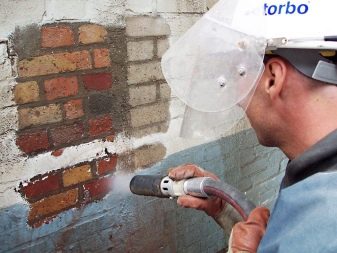

Despite the name of the equipment, not only sand is used as a working mixture for sandblasting. Excellent results of wall cleaning can be achieved when processing bricks with corundum, copper slag, glass balls, nickel slag, as well as plastic and ceramic beads. The choice of material depends on the type of brick, the age of the masonry, climatic conditions and the nature of the facade contamination.
It should be noted that this type of cleaning is quite versatile and suitable for any type of brick. Smooth, textured, hard fired and unglazed bricks can be processed. This significantly expands the scope of application of sandblasting technology, allowing you to care for all types of brick, as well as wood and concrete structures.
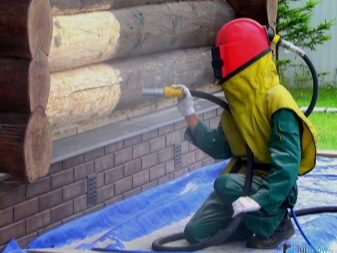
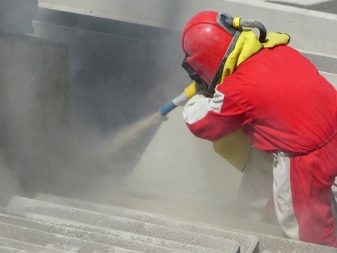
Indications for use
Sandblasting brick walls is considered one of the most effective ways to bring buildings to a satisfactory condition and is carried out in a number of cases.
- Cleansing a freshly built wall from cement residues. The procedure is performed in a gentle mode using medium-grain sand.
- Removal of efflorescence and traces of precipitation. This type of pollution is especially noticeable on facades made of red ceramic bricks. Such walls are prone to whitish streaks and stains, which has a very negative effect on the appearance of buildings.
- Removing corrosive stains. This type of pollution often affects buildings built of white sand-lime bricks. Facade metal elements such as balcony fittings, hooks for electrical wires and external fire ladders often do not have an anti-corrosion coating and begin to rust over time. When it rains, rust begins to run down the walls along with streams of water, leaving behind rusty red streaks. Such pollution greatly spoils the appearance of buildings, and is not removed by anything other than a sandblaster.
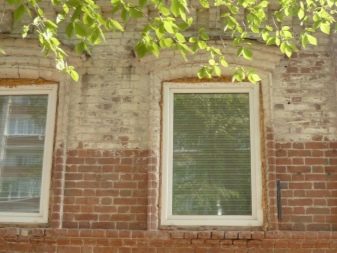

- Removal of mold and mildew. This type of pollution has a very negative effect not only on the overall appearance of the facade, but also causes a serious threat of material destruction.Sandblasting allows you to remove the pores of the fungus deeply embedded in the brick and for a long time rid the walls of gray-green ugly stains.
- Cleaning the interior brick walls from the remnants of old paint and plaster. When carrying out repairs, it often becomes necessary to remove the old decorative coating from the walls, and no unit can cope with the task better than a sandblasting unit. The abrasive material thoroughly leaches the surface, leaving behind a perfectly clean brick.
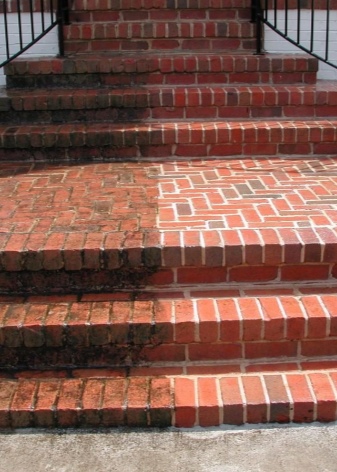
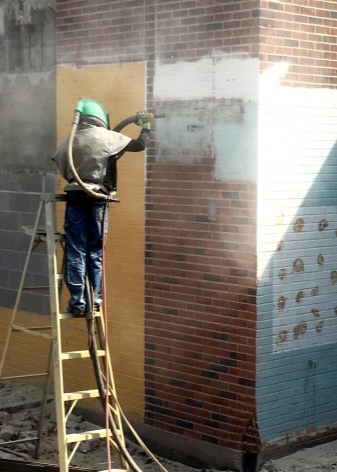
- Artificial aging of a ceramic brick wall. The brushing technique is often used by lovers of loft, Provence, country, techno, Gothic styles, as well as connoisseurs of traditional English interiors. As a result of the mechanical action of the working mixture, numerous cracks and depressions appear on the brick, and they look so natural and vital that it is almost impossible to distinguish the artificially aged material from the original century-old stone. To achieve the best effect, nickel slag, glass beads and ceramic beads are used along with sand.
- Treatment of the working surface before applying plaster or paint mixtures. In this case, sandblasting contributes to the formation of a rough surface, which significantly increases adhesion and significantly increases the service life of the decorative coating.
- Removing grease and oil stains. When cleaning the surface from this kind of contamination, sand or slag is used as an abrasive component.
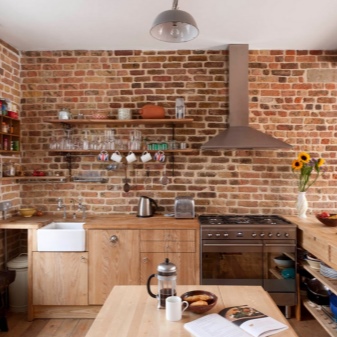
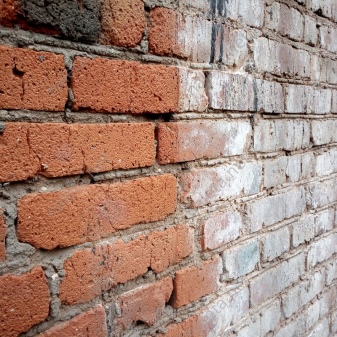
Cleaning methods
Sandblasting is done in several ways, and the choice of the right one is made taking into account the nature of the pollution and the ultimate goal of the event.
- The most common is the classic method, in which sand, mixing with compressed air, is thrown onto the wall under high pressure, producing the effect of sandpaper.
- The next method is called wet and is used for especially dirty surfaces containing old stains and dried residues of mortars. The essence of this method consists in mixing an abrasive substance with water and then spraying the resulting composition onto the masonry.
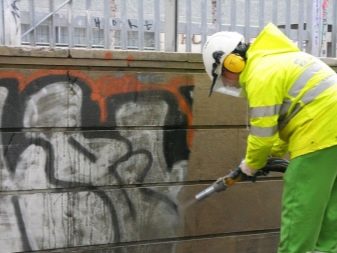
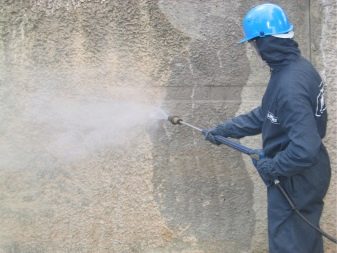
- A very effective technique is considered to be surface treatment with ice, which allows you to remove dirt from hard-to-reach places. In this case, the sand is replaced with small particles of natural or artificial ice and is fed to the wall under high pressure.
- The fourth method is thermal, or, as it is also called, fire treatment, which consists in the simultaneous spraying of sand and combustible material. The use of fire cleaning contributes to the complete destruction of biodestructors such as mosses, mold, fungus and pathogens.

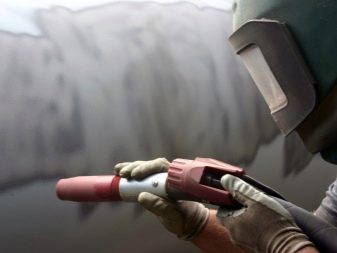
Precautionary measures
When performing sandblasting, you should be extremely careful and always follow safety precautions. The procedure should only be carried out using personal protective equipment such as a face shield and goggles.
During work, all parts of the body must be securely covered. This requirement is due to the fact that sandblasting, even at the weakest mode of its operation, is capable of accelerating abrasive particles up to a speed of 600 km / h, therefore, a direct hit of the jet into a person threatens with serious injury and even death.
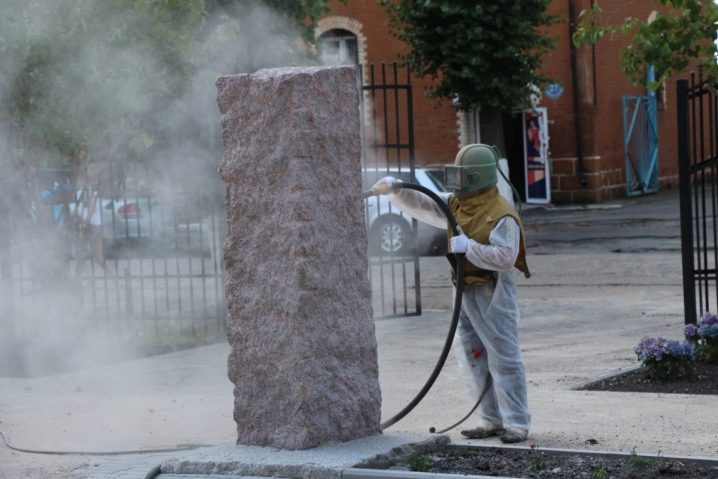
In addition to getting physical injuries, working with sandblasting equipment without using protective equipment is fraught with such a terrible disease as silicosis. The disease causes severe damage to the lung tissue and arises from the ingress of sandy dust into the respiratory tract. Therefore, when working with sandblasting equipment, no matter what abrasive is currently being used, it is imperative to use a fine respirator or a helmet with forced air supply.The ears also need to be protected from loud noise by using industrial headphones.

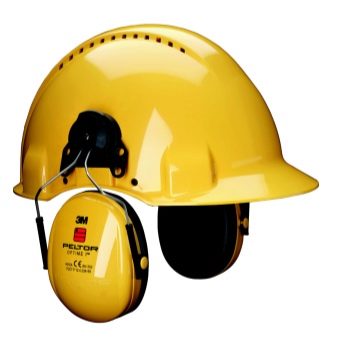
Sandblasting is considered the most effective way to restore the original appearance of brickwork and significantly increase the life of buildings.
For information on how to work with sandblasting, see the next video.













The comment was sent successfully.